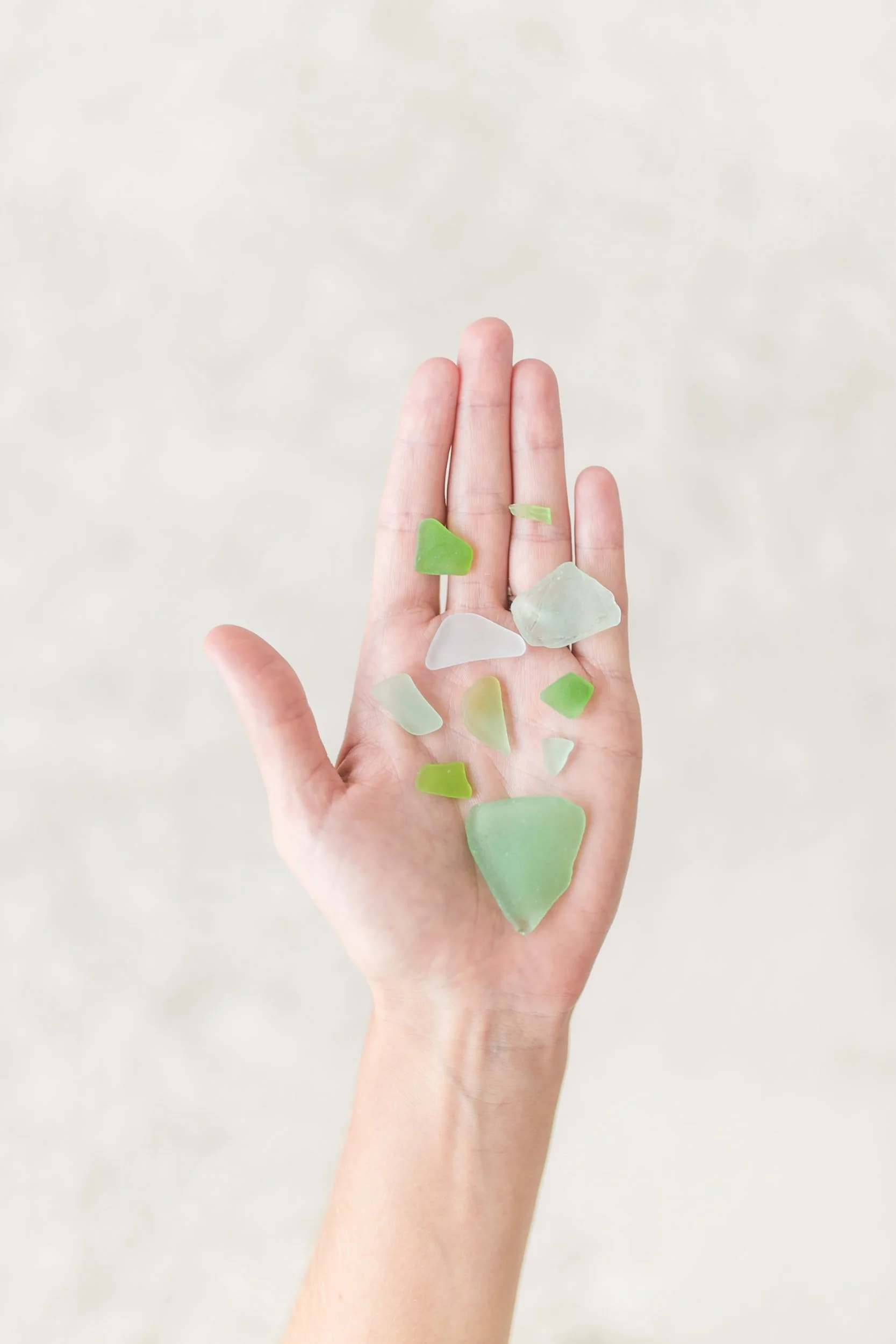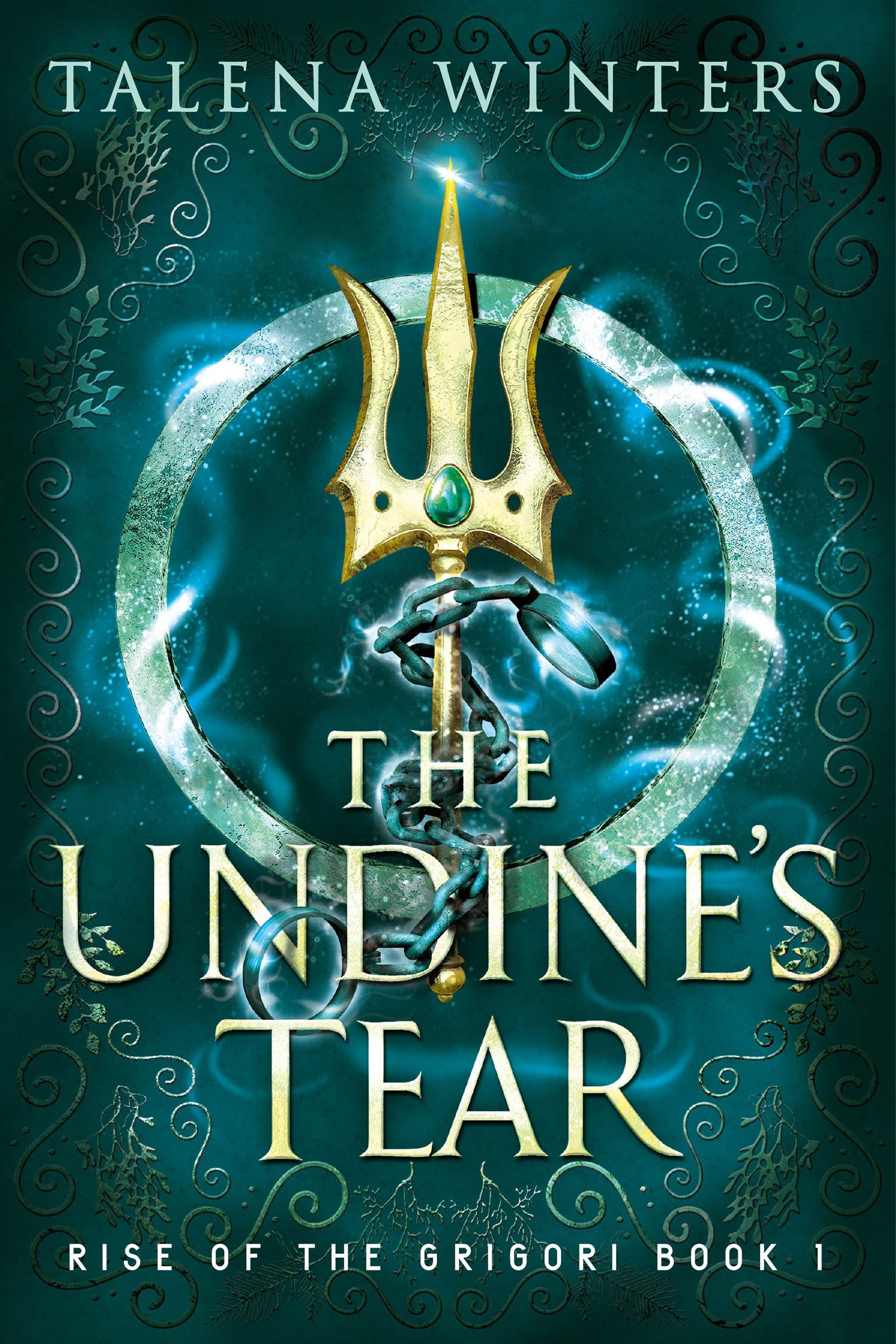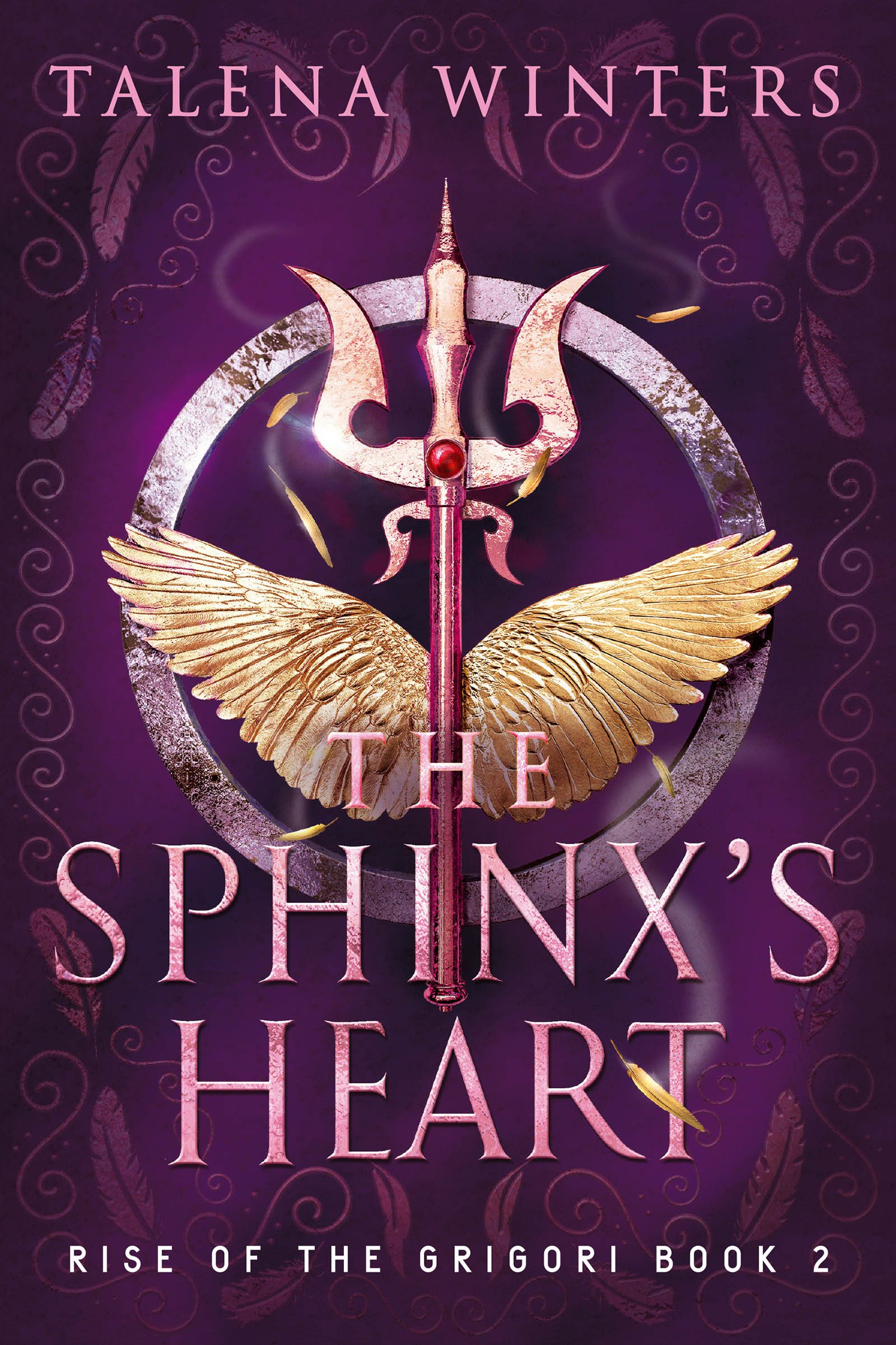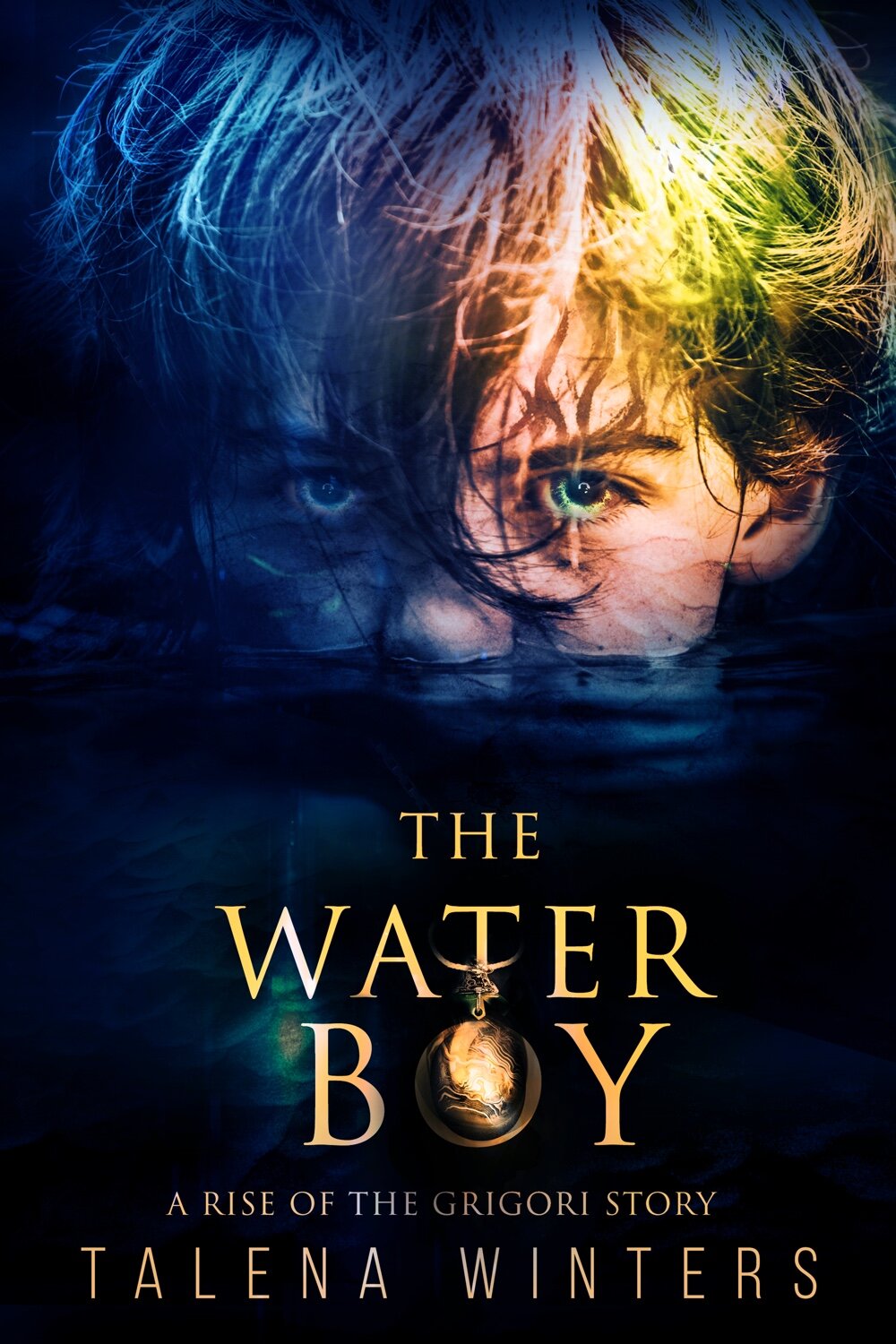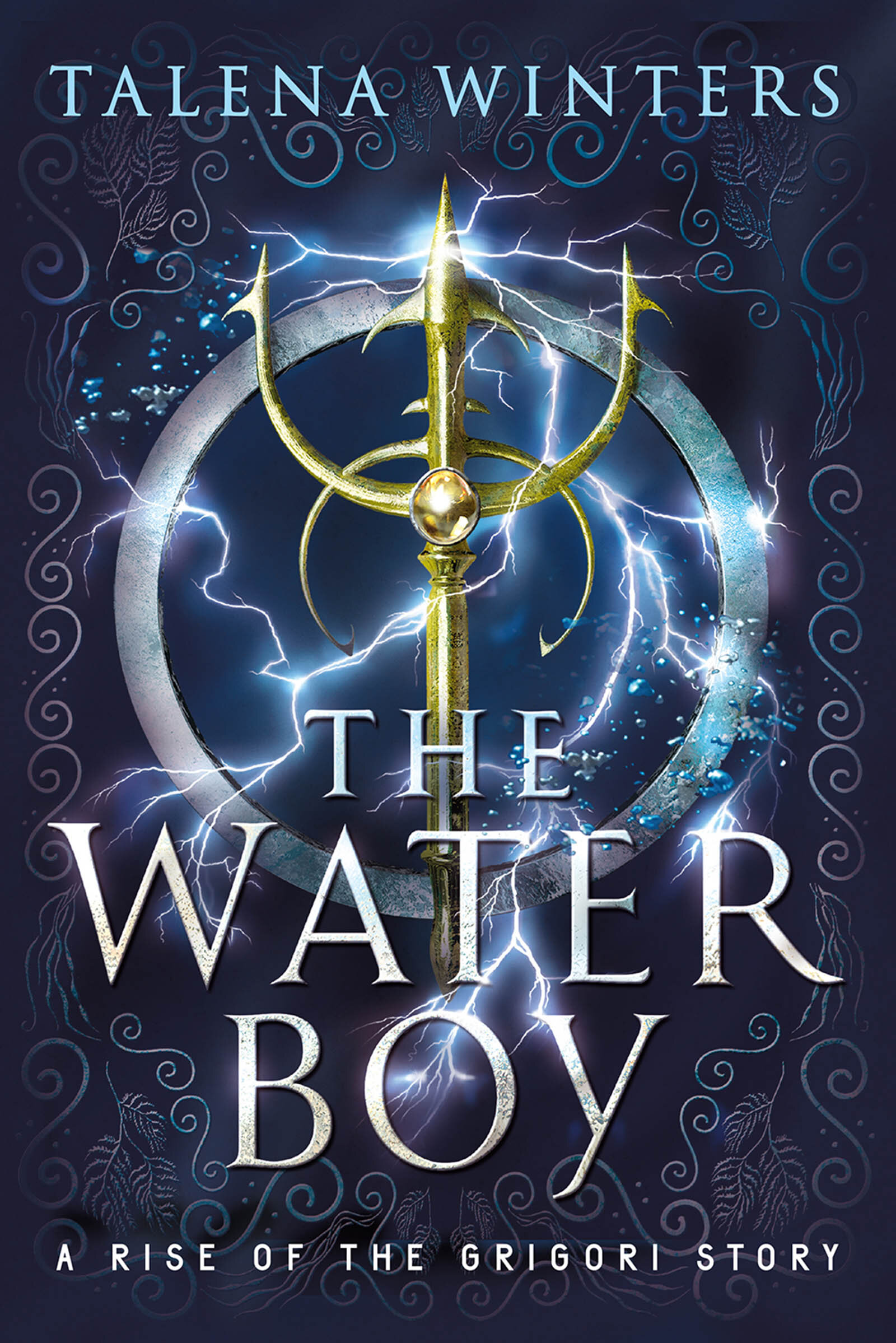What’s an Undine’s Tear?
Welcome to Part Six of the Rise of the Grigori Beneath-the-Surface series, and the last post of 2022! (Crazy, amiright?) Today, I’ll be sharing the story of how I came up with the title of The Undine’s Tear, as well as showing how the stones each of the titles represent were used on the original and current cover artwork.
Scroll to the bottom to see the previous entries in this series.
The Story Behind the Name
Have you heard of mermaid tears?
Some examples of sea glass, a.k.a. “mermaid’s tears”. Image by Kenrick Mills, @kenrickmills, courtesy of Unsplash.
Growing up far inland with not many trips to an ocean, I hadn’t—not until I started doing the research for the book that became The Undine’s Tear.
In lore and fantasy, a mermaid’s tears often have unique magical properties—such as the mermaid tear Blackbeard was after in Pirates of the Caribbean: On Stranger Tides, which was a key element in his pursuit of the Fountain of Youth.
Perhaps this mythological meaning is why sea glass, which is often green, blue, or aquamarine in colour and has been worn smooth by time and tide, was given the name of mermaid tears. These mermaid tears are often treasured collectibles of beachcombers and look very pretty displayed on a shelf.
Before publishing my book, I had intended to call it The Mermaid’s Tear, but a poll of my readers suggested the word mermaid would deter the boys in the room from picking it up. That wouldn’t do, since this is not your typical mermaid book—and, to date, has been enjoyed by many of the male persuasion!
Besides, I had long since decided an entire race of sea creatures wouldn’t be named only for the females. So, much like people are known as humans, I opted to call my merfolk undines (UN-deens), a word referring to the Greek water elemental creature. Since elemental magic is the undines’ inheritance, this seemed kind of perfect.
As for the tear the story is named after—it’s not a drop of saltwater, nor a bit of sea glass, but instead a teardrop-shaped dark green (black) opal that, in the culture of the undines, works like a flash drive to store messages and data, as well as serving as a beautiful piece of jewelry.
And the message that Tear contains is going to change the way the undines look at the world forever—in fact, it could affect the very future of the cosmos.
But that’s a story that would take a whole series to tell…
A wire-wrapped black opal gemstone against a black background. Image by Michael Kelly, @mikelly97321, courtesy of Unsplash.
Thank you to Andi’s Young Adult Books for hosting the original post.
The Rest of the Story…
Now, three years after The Undine’s Tear was originally published, I’ve come to understand the marketing pitfalls of putting a word in your title that few people can understand (or pronounce). However, I do love me my titles with multiple layers. Which is why each of the titles of the books is associated with a special stone that is significant in the story, but which also refers to something else. (A MacGuffin of sorts.)
You can see the eponymous black opal Tear on both covers for The Undine’s Tear here:
Okay, the current one looks more like an emerald, but it’s pretty, isn’t it?
By the way, I specifically chose black opal as Calandra’s datastone gem because it not only looks cool, but, as a stone that is made out of silica, it’s actually composed of three to twenty-one percent water by weight—not to mention the associations of opal with the moon, which is also strongly associated with mermaids. Combine that with the undines’ elemental water magic and solar-lunar calendar, and opal seemed like the perfect choice.
By the way, the reason so many datastones and other crystal tech of the undines are forms of quartz are not only because it’s ubiquitous, but because quartz is a piezoelectric crystal, meaning that it can create its own electricity. It’s natural vibrations and moderate “fluidity” are why we use quartz crystals to create accurate timepieces, among lots of other inventions that have been in use for around a century. So much coolness, right?
The heart in The Sphinx’s Heart refers to a ruby-like stone (and a heart):
For Zale’s prequel, his significant stone was a “river rock” bracelet his mother gave to him—actually a Tiger’s Eye.
But you know what? Tiger’s Eye looks terrible on a fantasy cover. So both of these covers interpreted that stone pretty loosely… and they look fantastic.
Speaking of undine’s tears, Alberta jewelry artist Barb Murrin made a wire-wrapped pendant inspired by this book, which you can find on Etsy here.
In this series:
Part One: Introducing the Rise of the Grigori series
Part Two: Where the idea for this series came from
Part Three: Author Interview and a peek beneath Calandra’s bed
Part Four: Narcissa gives us the low-down on Calandra’s true colours
Part Five: The Seed Ideas that became the fantasy world for Rise of the Grigori

